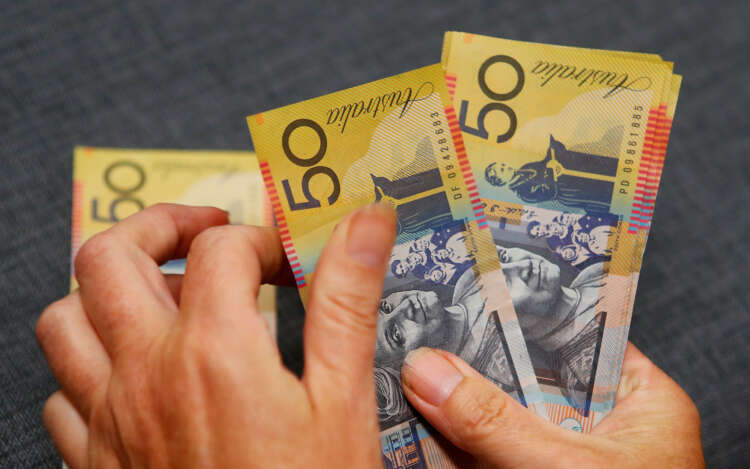Investing
Aussie, rand flounder as Omicron spooks investors

By Kevin Buckland
(Reuters) – The safe-haven yen hovered near a seven-week high on Thursday while the rand and riskier currencies languished as the Omicron coronavirus variant established itself as the dominant strain in South Africa and continued to spread globally.
Early indications suggesting Omicron may be markedly more contagious than previous variants have rattled financial markets on worries that a return to travel bans and lockdowns could choke off the nascent global recovery.
The strain has been found in places as widespread as Australia, Britain, Canada and Japan, even as those countries rapidly tighten their borders.
Against Japan’s currency, the U.S. dollar edged 0.11% higher to 112.875 yen, but remained close to Tuesday’s low of 112.535, a level not seen since Oct. 11.
Against the South African rand, the greenback was off 0.12% at 16.0025, after a more than 1% surge overnight.
The number of new cases reported in South Africa – where Omicron was first discovered four weeks ago – doubled from Tuesday to Wednesday. The country’s National Institute for Communicable Diseases said 74% of all the virus genomes it had sequenced last month had been of the new variant.
The first case in the United States, reported on Wednesday, was a fully vaccinated person in California who returned from South Africa on Nov. 22 and tested positive seven days later.
Despite the uncertainty spawned by Omicron, Federal Reserve Chair Jerome Powell reiterated in Day 2 of testimony to Congress on Wednesday that he and fellow policymakers will consider at their Dec. 14-15 meeting a faster taper of stimulus, which could open the door to earlier interest rates hikes.
“If nothing else, (Powell’s repeat testimony) tells you he is not in the least unhappy about how markets have interpreted what he said earlier,” Ray Attrill, head of FX strategy at National Australia Bank, wrote in a note to clients.
“The truth is we are less than a week into the 2-3 week timeframe that anyone worth listening to – epidemiologists, not market analysts – say is necessary before an informed judgement can be made with respect both to the seriousness of this COVID-19 variant and the efficacy of existing vaccines.”
The dollar index, which measures the currency versus six peers, edged 0.03% higher to 96.07, consolidating in the middle of its range over the past two weeks, when it also rose as high as 96.938 for the first time since July of last year.
The risk-sensitive Aussie was about flat at $0.7105, not far from Tuesday’s low of $0.7063, its weakest since early November of last year.
Sterling, often considered a risk-on currency, was little changed at $1.3276. It plunged to a near one-year low of $1.31945 on Tuesday.
The euro was steady at $1.1316, continuing its recovery after dipping to a near 17-month low of $1.1186 last month.
(Reporting by Kevin Buckland; Editing by Sam Holmes)

-
Top Stories3 days ago
Dollar jumps, yen weakest since 1990 after strong U.S. retail sales
-
Top Stories4 days ago
Recruiter PageGroup’s quarterly profit slumps 13% as hiring remains subdued
-
Top Stories4 days ago
BNP Paribas to become top investor in Belgian insurer Ageas
-
Top Stories3 days ago
UK fintechs ask government for help to ease capital shortages







